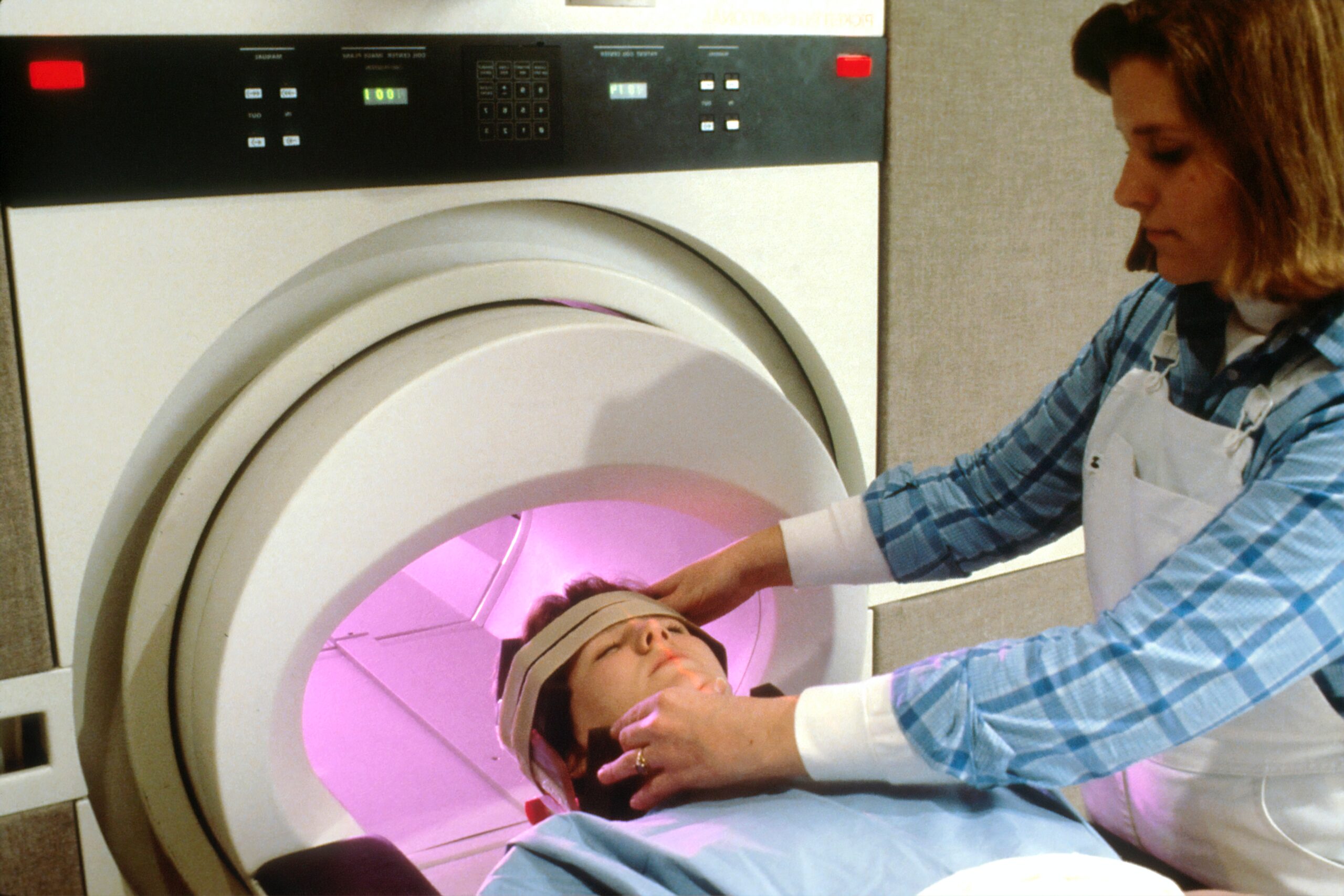Introduction
If you’ve been recovering from brain surgery, you might be eager to get back behind the wheel. Your doctor will probably let you know when it’s safe for you to do so. But how long does this take?
The answer depends on what type of surgery was performed and whether other health problems are involved. In general, it depends on your personal situation and overall health status. Some people may be cleared to drive after a few months following surgery, while others may take longer (over 6 months) to recover. Read on for more information about how to get back to driving following brain surgery.

Brain surgery can involve more than one type of procedure
Unfortunately, there are several different types of brain surgery that generalising recovery timeframes is difficult. While some procedures are minimally invasive and involve little recovery time, others require a lengthy stay in hospital followed by extensive rehabilitation. Of course, the prognosis also depends on the underlying medical condition that led to brain surgery. For example, a traumatic brain injury may have permanent effects affecting the person’s overall cognition.
Examples of brain surgery include biopsy, deep brain stimulation (DBS) thrombectomy, cerebral aneurysm repair and neuroendoscopy. The weeks following brain surgery will see your doctor and medical team regularly assess and monitor your recovery. It is not unusual that you will not be able to drive for several weeks, or even months following surgery. Medical advice will also commonly recommend to avoid risky or strenuous activities following brain surgery, such as climbing a ladder, playing contact sports and strenuous exercise. Undergoing brain surgery is a serious health event and returning to your regular level of activity will take some time.
The first few days after surgery are typically the hardest
The first few days after brain surgery are usually the hardest. You’ll be in pain and on lots of medication. You may need to rest a lot, so it’s important that your loved ones understand this and help you find ways to stay active.
In addition to being tired, you’ll also feel confused, disoriented, and clumsy (called postoperative dizziness). This is normal for someone who has just had brain surgery, but it can really affect your ability to drive after surgery because it affects your coordination, balance and thinking skills.
Your doctor will let you know when it’s safe for you to get back behind the wheel
While it may be difficult to temporarily cease driving, it is important not to rush the recovery process. After all, you don’t want to put yourself or others in harm’s way by driving before it is completely safe. Your doctor will let you know when it’s safe for you to get back behind the wheel after brain surgery, but in general, they’ll recommend that you wait at least three months before getting behind the wheel again. In New South Wales, there is a process outlined by the RMS regarding assessing someone’s medical fitness to drive following a significant injury, disability, medical condition or diagnosis. The first step generally involves your doctor informing the RMS of the brain surgery. Usually, doctors will make this notification to the RMS in the first few weeks following the surgery.
Your doctor completes a medical assessment about your overall health status, filling out the RMS medical fitness to drive form. Your doctor will also have to make recommendations about whether you can continue to drive, or if you require some restrictions on your licence. Commonly, doctors will recommend an Occupational Therapy (OT) driving assessment to fully determine medical fitness to drive. In this assessment, a qualified OT will monitor and observe the person driving. It is also worth noting that sometimes, doctors may have to recommend to the RMS that the person cannot drive for several months (e.g. 3-6 months) following brain surgery. Again, this timeframe will vary between individuals. It is best to have an open and honest discussion with your doctor about your condition and prognosis about returning behind the wheel.
The OT driving assessment
If your doctor recommends that you undergo an OT driving assessment, you will receive a letter from the RMS informing you to organise this assesssment. Your doctor may refer you to suitable OT services. The purpose of the assessment is to determine if you can continue how the brain surgery may have affected your driving capacity. The assessment involves two parts:
- The off-road assessment: Completing cognitive, visual and physical tests with the OT.
- The on-road driving assessment: You will drive with a driving instructor and OT. The assessment specificallly focuses on your medical condition and its effects (if any) on your driving skills. As long as you are driving safely, making correct and timely decisions and can safely operate the vehicle, you should achieve a favourable outcome.
The OT will let you know how you performed in the assessment and what happens next. They will also send the report to the RMS and your doctor.





